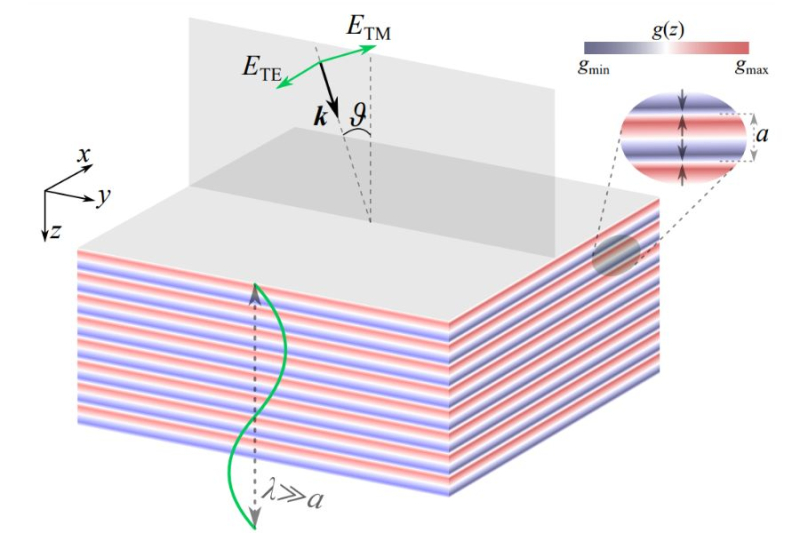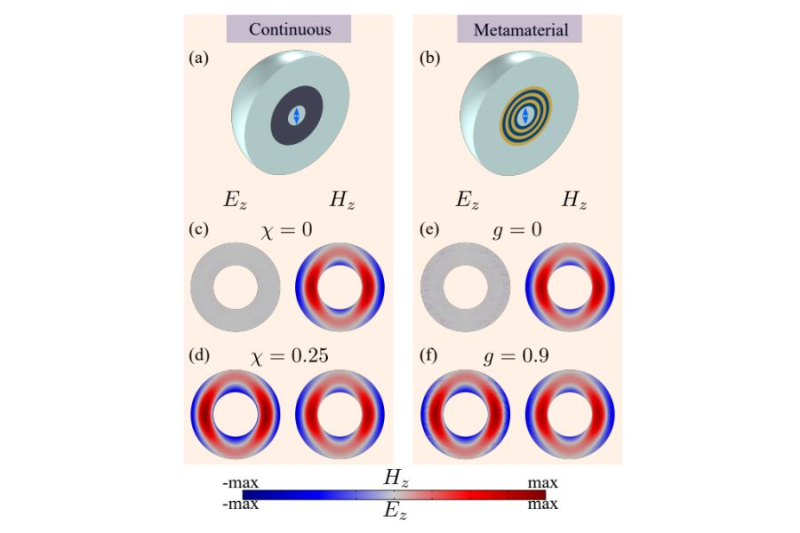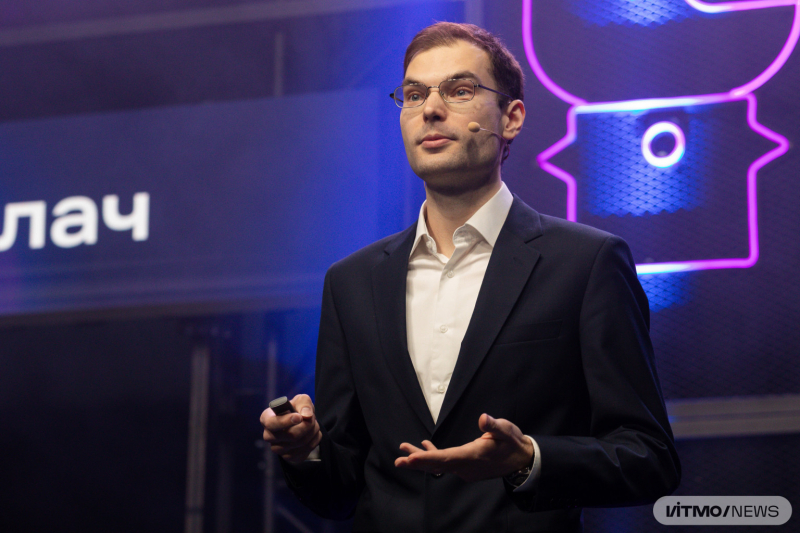Dark matter is one of the greatest unsolved mysteries in physics, with even its structure unknown to scientists to this day. One hypothesis is that dark matter is made up of axions, hypothetical particles predicted by Frank Wilczek, a Nobel Prize-winning physicist, in the 1970s. Axions exhibit a weak interaction with ordinary matter and can convert to photons in a strong magnetic field.
While some researchers are trying to trace down axions in space or on Earth, others are studying the particles using models, like metamaterials. These are artificially engineered substances with extraordinary mechanical or electromagnetic properties that derive their properties from both their structure and chemical composition.
Since some metamaterial quasiparticles – collective excitations of light and matter – can be described by the same equations as axions, researchers opted for artificial materials to build a platform for investigating axion physics phenomena.
Even though similar systems exist in solid-state physics, they have a weak axion response. Therefore, scientists from ITMO’s Frontier Laboratory “Probing fundamental physics with topological metamaterials” and Frank Wilczek proposed to create a photonic metamaterial with enhanced axion effects.
A schematic of the designed metamaterial composed of magnetized layers. Credit: L. Shaposhnikov et al. / Physical Review B., 2023
The novel substance is an assembly of layers with well-studied magnetic and optical properties. Quasiparticles in a metamaterial exhibit the same properties as hypothetical axions, which has been proved by several experiments.

The results of one of the many experiments with the metamaterial: magnetic dipoles inside an axion cell (left) / a metamaterial cell (right). The study shows that an electromagnetic field is the same in both cases, meaning that the metamaterial exhibits axion properties. Credit: L. Shaposhnikov et al. / Physical Review B., 2023
Because of its distinct structure, the metamaterial can regulate an axion response, which has no analog among natural materials studied by solid-state physics.
“We were first to figure out how to correctly calculate the axion response of the metamaterial; no one has done it before,” said Leon Shaposhnikov, a Master’s student at ITMO and the first author of the paper.
The team proposed new tools and ideas for axion studies, which might be of use in pursuit of dark matter particles. In the meantime, the researchers plan to examine other “exotic” responses in metamaterials.
“Artificial environments open up opportunities for testing such phenomena of fundamental physics as Dirac fermions, antiparticles, and now axions using rather simple systems. Perhaps, our knowledge of such systems will pave the way for new breakthroughs in the future,’ stated Maxim Gorlach, a co-author of the paper and the head of the laboratory.

Maxim Gorlach. Photo by Dmitry Grigoryev / ITMO.NEWS
The team’s optimism is justified: alongside their research, they are taking part in an international consortium on the search for space axions.
The study is supported by the Russian Science Foundation and ITMO’s 2030 Development Strategy.
Written by Tatyana Melenteva, an editor-in-chief at ITMO’s Center for Science Communication





